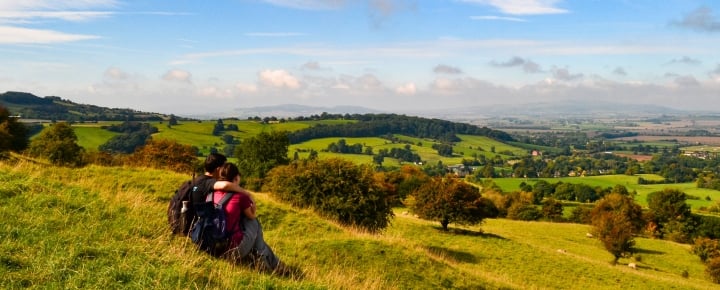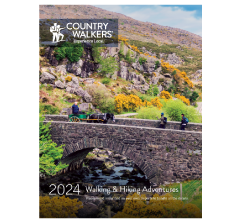England: The Lake District
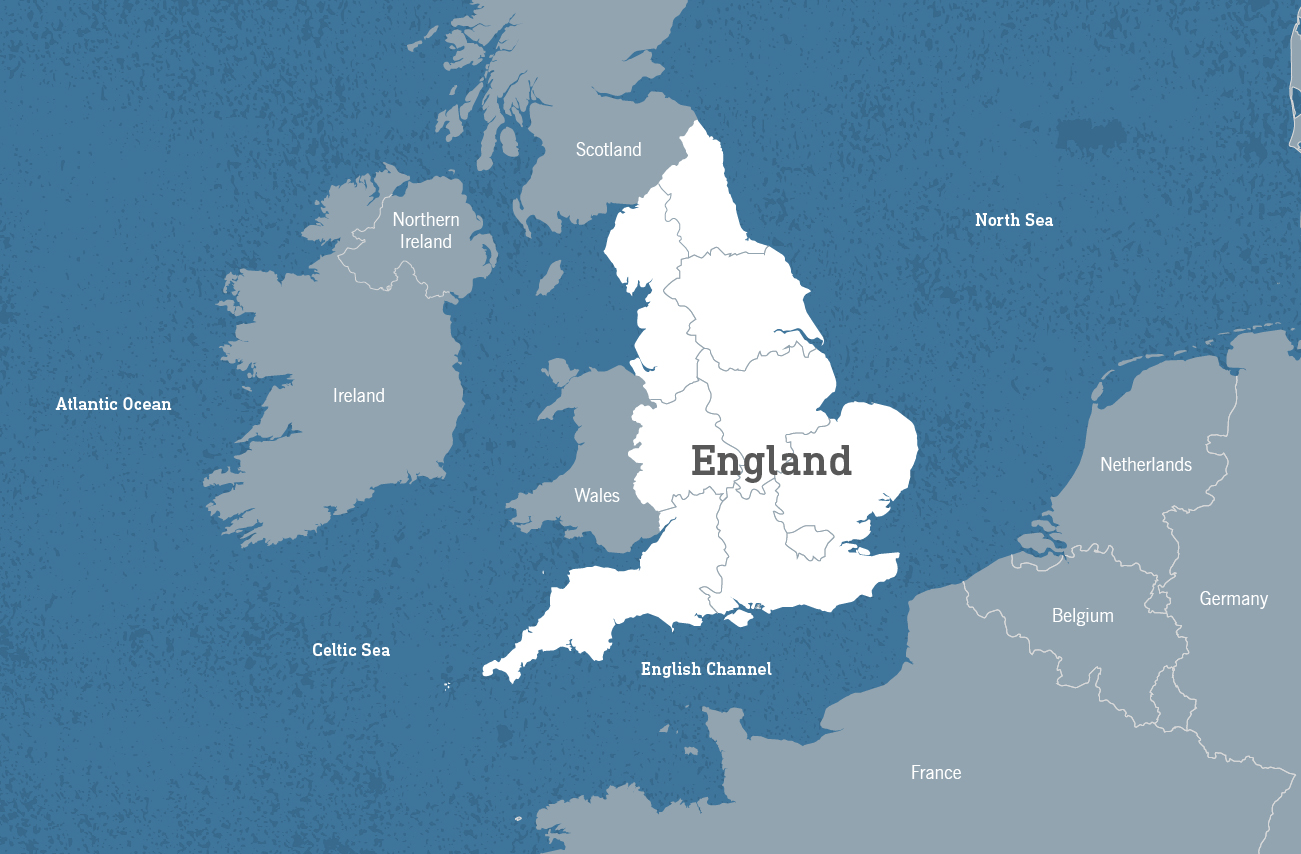

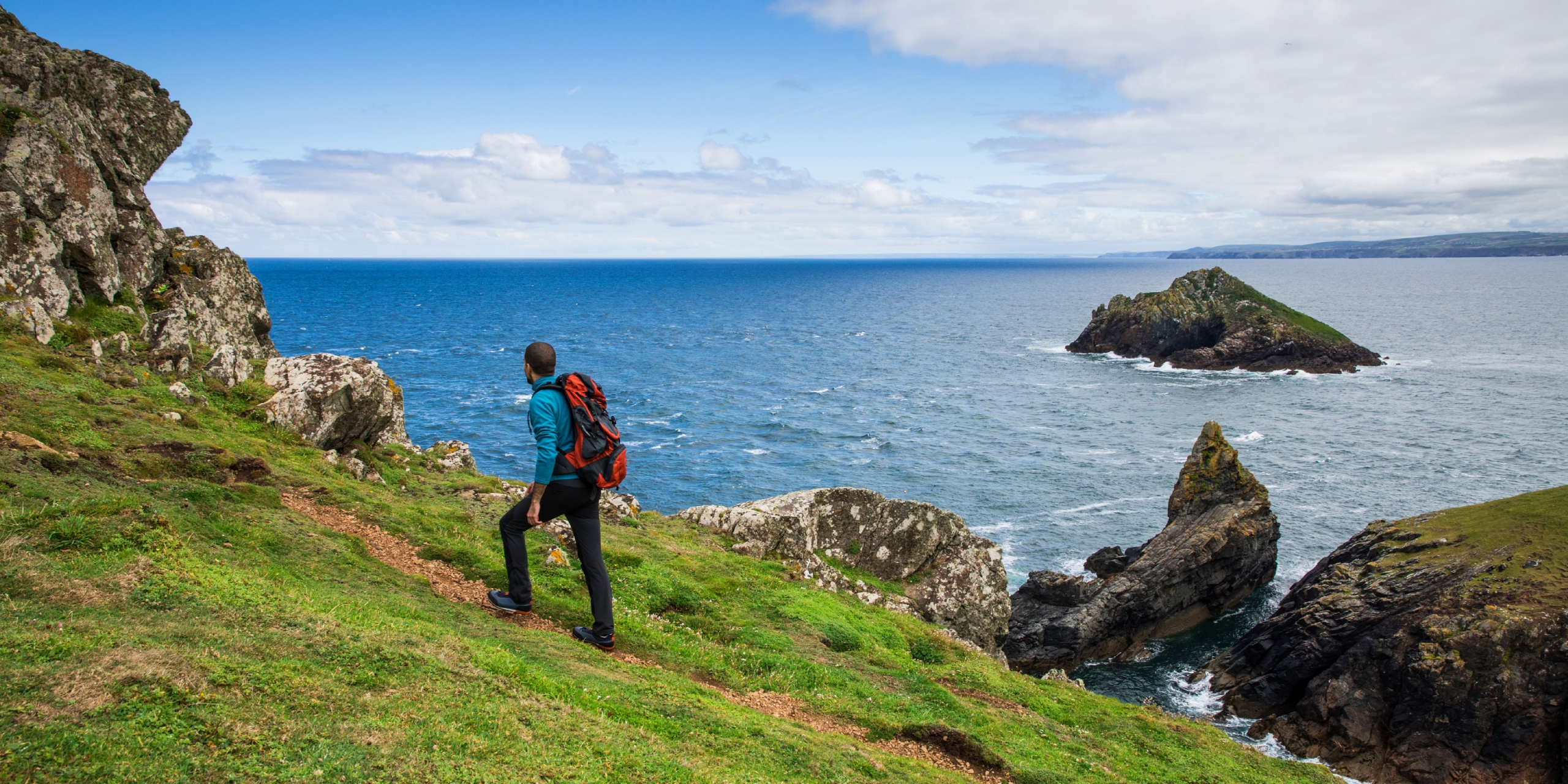
England: The Cornwall Coast
Self-Guided Tour
Land’s End may be just ’round the bend, but there’s always room for new discoveries on Cornwall’s bewitching coast.
View This Tour
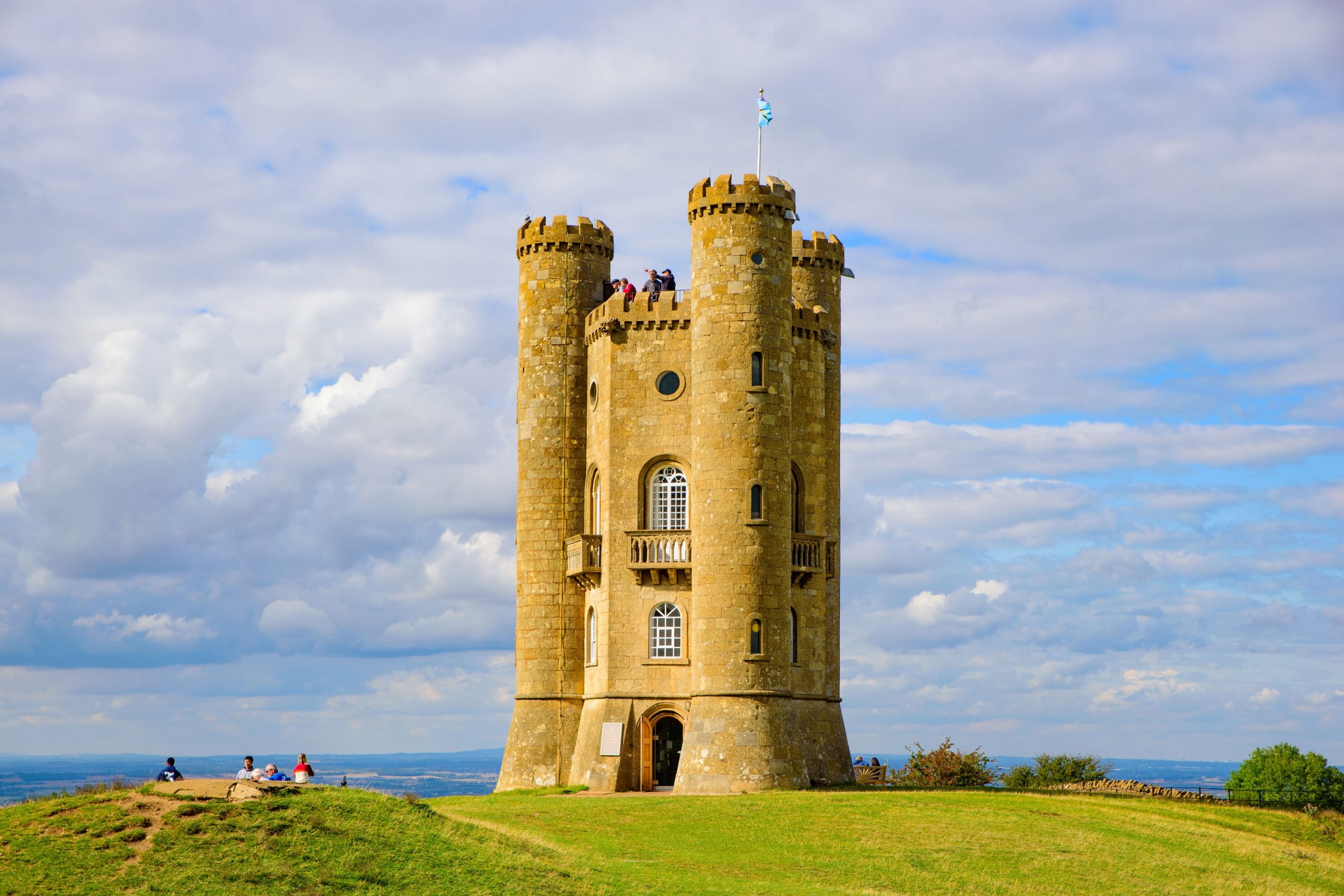
England: The Cotswolds
Self-Guided Tour
With bucolic morning walks and refined afternoon teas, the Cotswolds’ charms never run dry.
View This Tour
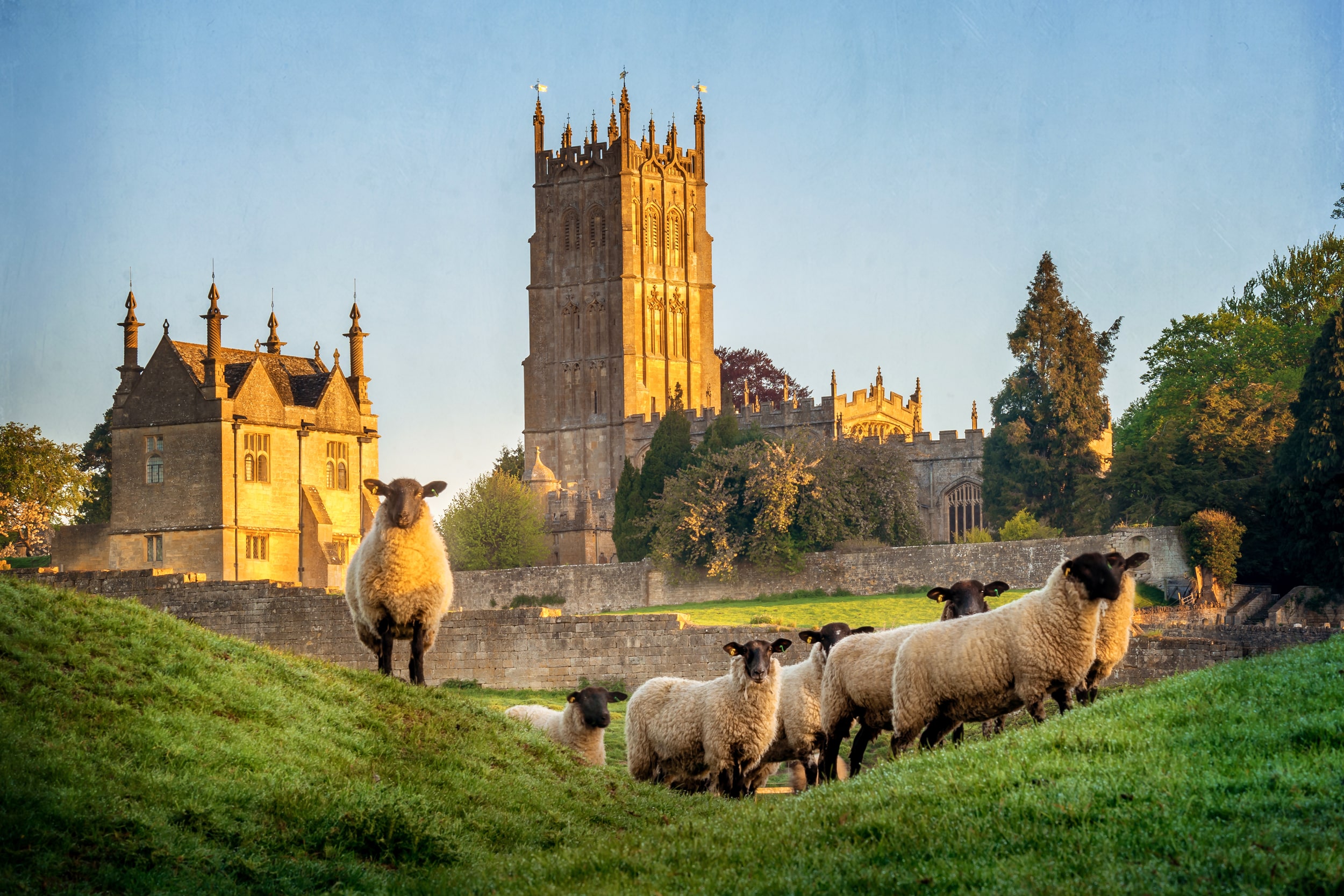
England: Bath & the Cotswolds
Guided
Enjoy a charming slice of English countryside, dotted with sheep and served with a side of tea, on this Cotswolds walking tour.
View This TourDiscover England
Far from the whirl of London, England’s heart beats strongest out in the countryside. To wander the soaring hills, blue lakes, and limestone plateaus of counties like Cheshire, Essex and Bronte County is to forget the present day entirely.
Spend your days hiking trails across miles of unspoiled pastureland in the Cotswolds, where low hillocks merge with bustling market towns and traditions like afternoon tea and evening pints of stout were fostered long before they were shared with the rest of the world. The wild forests of the Lake District are stirring—with mountain peaks, plunging waterfalls, and simple country cottages. Sunny Cornwall offers gentle sea breezes, grassy headlands, and acclaimed cuisine.
Walking in England, you will happen upon as many thatched-roof stone cottages as you will remnants of castles, palaces, and stately homes—architecture that dates from the Iron Age to the Middle Ages and all epochs in between. It’s a landscape so tranquil and charming that it gave rise to a canon of literature all it’s own in the works of poets like Wordsworth and Coleridge.

Country Highlights
- Walk in the footsteps of Wordsworth at Grasmere Vale.
- Recall another rewarding day of countryside hiking amid jovial banter at a village pub.
- Cross the manmade causeway at low tide to explore St. Michael’s Mount.
- Hear the crash of the waves below from atop the cliffs at Land’s End.
- Wander the tidy streets of Bourton-on-the-Water, widely regarded as the most picturesque village in England.

Hoist a Pint in a “Local”
A cheery alternative to the bar rooms of the world, the majority of British pubs evoke a family-friendly atmosphere where children are permitted, while adults carry on chats focused on village social and civic life in true celebration of community spirit.

‘The poetry of earth is never dead…’
Outdoor adventure, photography and literature converge in the Lake District like no other location in Europe. Follow in the footsteps of Keats, Hawthorne and Tennyson or visit the homestead of Beatrix Potter at Hill Top Farm.

Everything Stops for Tea
Complete with finger sandwiches, regal china, and scrumptious sweets, an afternoon “cuppa” can only truly be experienced in the quaint hillside towns that brought afternoon tea to the world. Take a pause from your adventures to appreciate the finer things.
Expert Local Guides
Experience your destination like an insider with people who call it home.
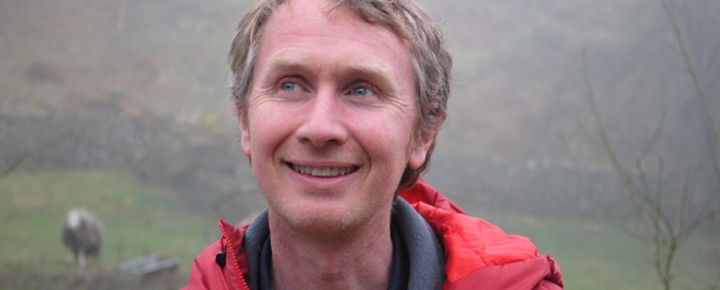
Chris Berry
After completing a degree in zoology, Chris Berry began work as a Countryside Ranger in Nottinghamshire (Robin Hood Country) before moving to the East Coast of Yorkshire to manage portions of the spectacular Heritage Coast. In 1997 he obtained his dream job working as Lake District National Park Ranger. He lives with his wife Colleen and their two daughters in the isolated Bobbin Mill Cottage in the southern Lake District where he now runs his own business as “The Lakeland Guide,” offering walks and other activities in the surrounding national park.
Stories from England
The Five Rules of Pub Etiquette in England
I’ve always wanted to explore the backcountry of the UK—as we do on our England: The Cotswolds Self-Guided Walking trip. I’m not sure why this particular region has held so much...
Read StorySplendor and Serenity: Walking the English Countryside
The English countryside is a natural haven that feels a world away from the busy streets of London. Those who prefer peace and quiet along with stunning views and a...
Read StorySeven Photos that Reveal Cornwall’s Enchanting Appeal
For countless centuries, the rocky bluffs and peaceful pastures of England’s Cornwall coast have beguiled painters, authors, musicians, and travelers alike. The reputed birthplace of King Arthur, the region has...
Read StoryPhotos From Our Travelers
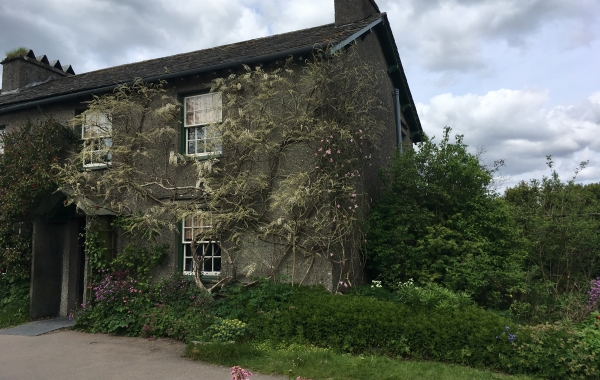
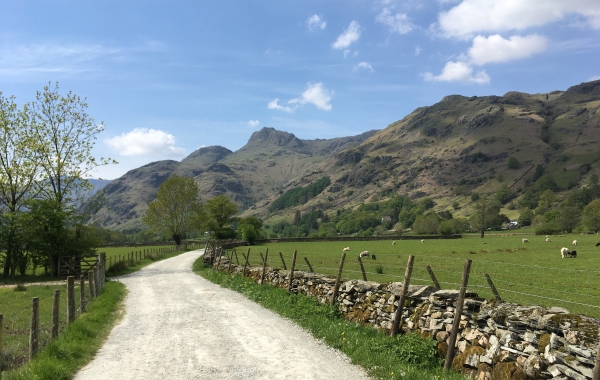
England: The Lake District
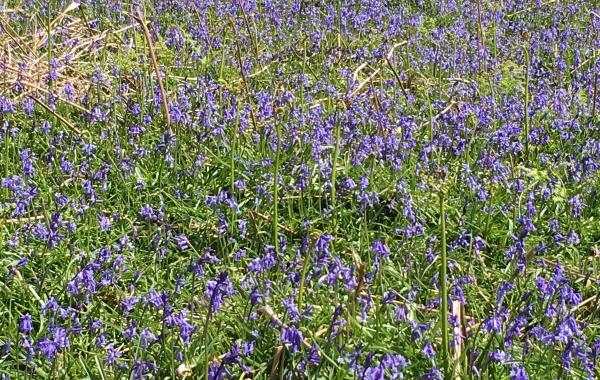
England: The Lake District
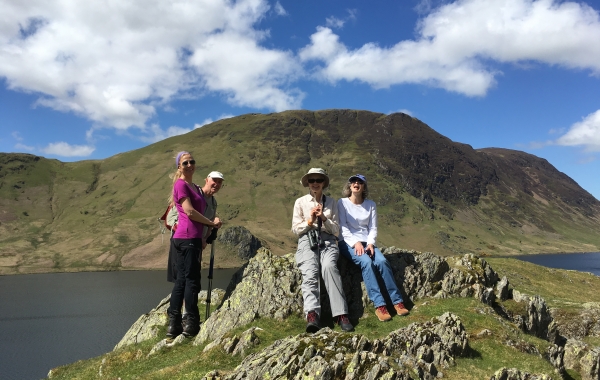
England: The Lake District

England: The Lake District
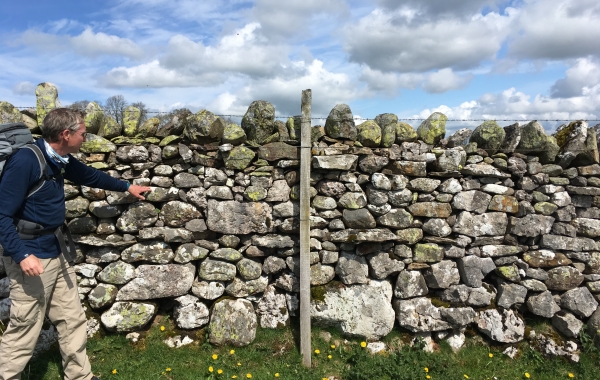
England: The Lake District
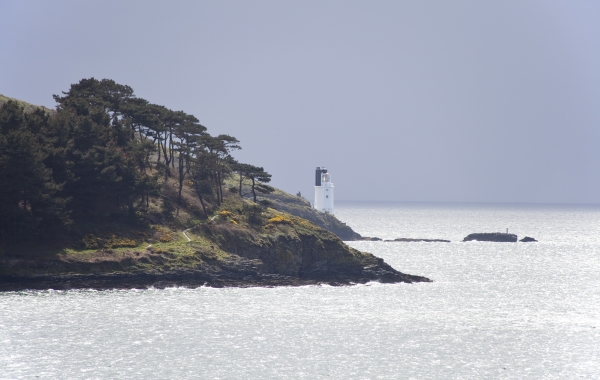
England: The Cornwall Coast
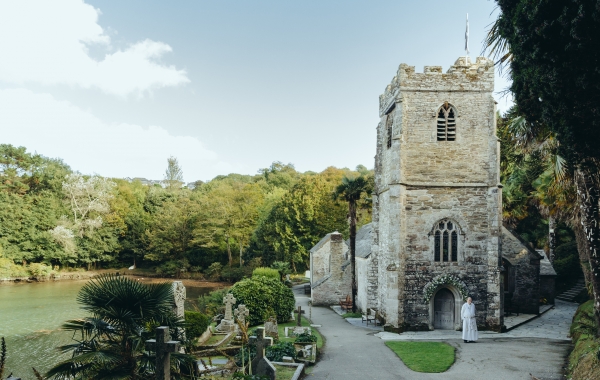
England: The Cornwall Coast
Speak with a Tour Consultant
Have questions? We’re here to answer them.
Mon-Fri 8:30 a.m. to 6:30 p.m. ET





